Although recreational boaters and anglers are some of Ontario’s greatest conservation advocates, our activities are not without impact, and the movement of watercraft, in particular, has been a major contributor to one of the province’s greatest ecological threats: the spread of aquatic invasive species (AIS).
HEARTY HITCHHIKERS
AIS can be resourceful little critters. They stow away in small puddles of water at the back of your boat, they stick to the underside of its hull or equipment, and they hide in the live-well. While most of us are familiar with how easily pieces of vegetation can get caught up in our trailers and gear, what many people don’t realize is that even the smallest piece of some invasive aquatic plants, like Eurasian watermilfoil (Myriophyllum spicatum), can produce roots and establish itself elsewhere.
And when AIS do establish, whether it’s in another section of the same lake or an entirely new waterbody, these aquatic invaders have the potential to cause serious damage. In the last few decades, AIS have been the root cause of many severe losses in biodiversity, recreational opportunities, and economic loss across Ontario. As of 2019, Zebra Mussels alone cost Ontario municipalities roughly $4,486,761 a year.
TAKING ACTION
Over the last several years, the Invading Species Awareness Program (ISAP) has implemented various initiatives targeting recreational anglers and boaters to promote actions we can all take to help protect our aquatic environments. With funding support from the Ontario Trillium Foundation’s Grow Grant program, the ISAP launched their new volunteer-based Water Steward Program, recruiting volunteers in the Durham, Haliburton, Kawartha, and Pine Ridge regions.
Given these outreach programs, the OFAH and ISAP are pleased to see the Ontario government respond to this growing risk by addressing the boater pathway. Effective January 1, 2022, the Ontario government has regulated watercrafts (i.e., boats, canoes, and kayaks) and watercraft equipment as “carriers” under the Invasive Species Act, 2015.
WHAT ARE THE NEW RULES?
Before transporting a watercraft or watercraft equipment over land, reaching a launch site, or placing a watercraft or watercraft equipment in any waterbody in Ontario, boaters are now required to:
- Take reasonable measures to remove all aquatic plants (weeds), animals, and algae
- Remove or open drain plugs and other devices used to control the drainage of water from the watercraft and watercraft equipment
WHAT DOES THIS MEAN?
These regulations exist to ensure that watercraft users of all kinds, whether recreational or professional, do not inadvertently transport invasive organisms between waterways. Effectively, the new boater pathway rules are a legal requirement for boaters to perform the first two steps of “Clean, Drain, Dry”.
The Clean, Drain, Dry message goes like this:
- CLEAN the boat and all related equipment before leaving the waterbody and ensure it is clean before entering a new one. Look for any mud, vegetation, mussels, or other suspicious debris stuck in or on the vessel and its equipment.
- DRAIN all standing water by pulling the transom plug, draining the live-well, lowering the motor, and draining all other water-containing devices on the vessel. Draining helps to eliminate small organisms, such as spiny waterfleas and zebra mussel larvae from the vessel
- DRY or disinfect. To eliminate unseen organisms, you can dry the vessel for at last 5 days in sunlight or clean it from top to bottom with hot water over 50°C or pressurized water of at least 2500 psi.
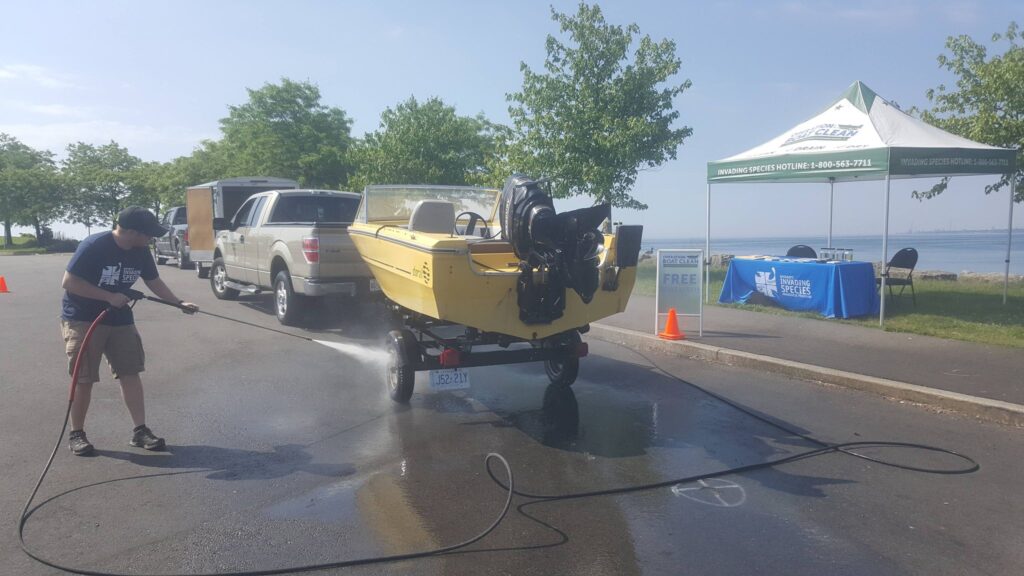
HOW CAN YOU DO MORE?
Though cleaning and draining are the only legally required actions, we encourage everyone to perform all steps of Clean, Drain, Dry, each time they enter or leave a waterbody. To prevent the spread of pathogens like viral hemorrhagic septicemia (VHS), boaters can also disinfect the inside of their live-well by spraying it down with a 10% household bleach solution (100 ml of bleach to 900 ml of water), then rinsing it out with clean water at least 30 metres away from any waterway.
Report!
Remember, if you think you’ve seen an invasive species, report it! Take a photo, mark your location, and call the Invading Species Hotline at 1-800-563-7711 or report online at www.EDDMapS.org
To learn more about Ontario’s new boater pathway regulations and other changes to the Invasive Species Act, 2015, visit https://www.ontario.ca/page/invasive-species-ontario.

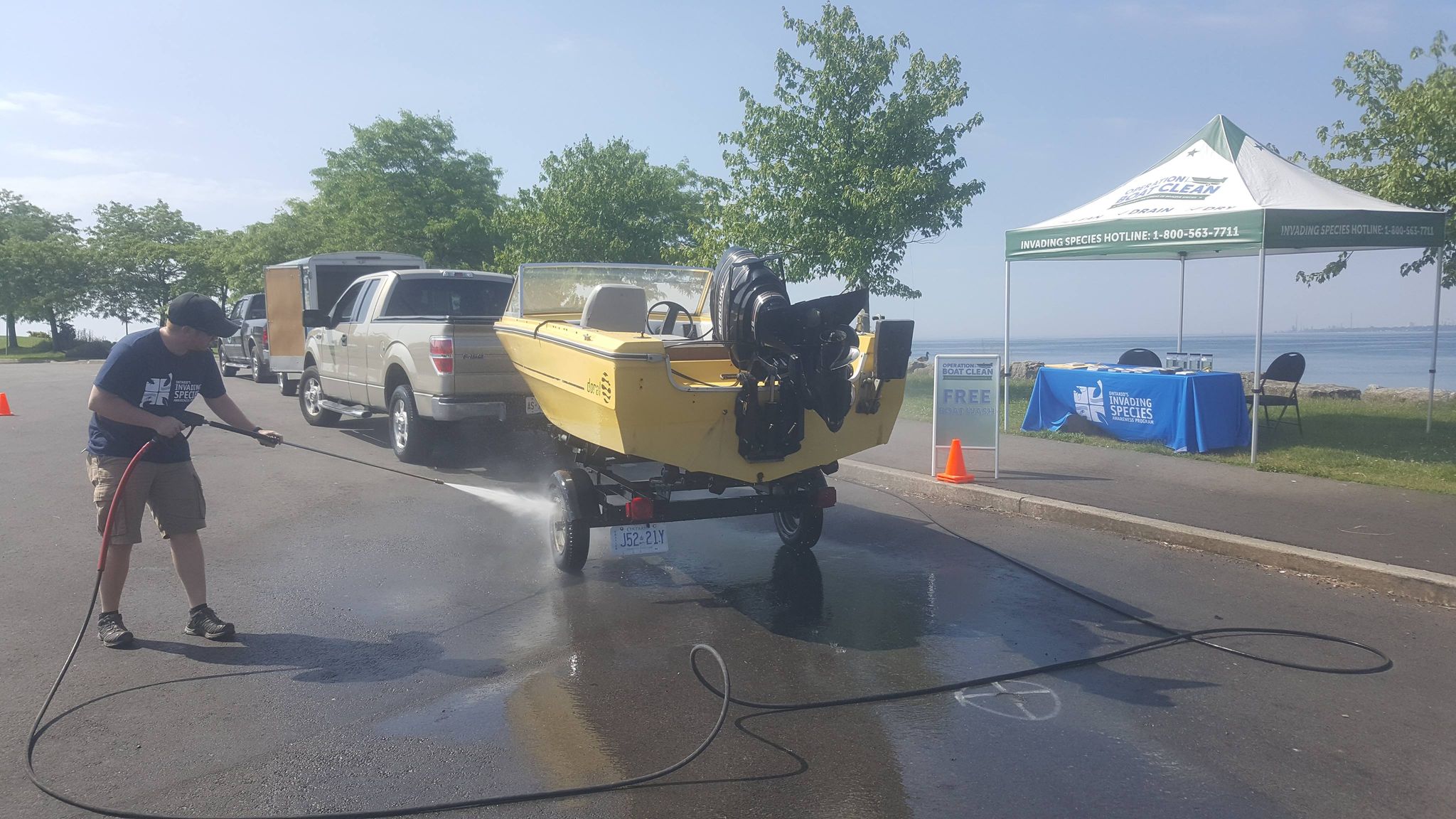
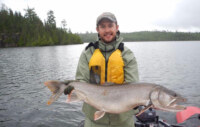
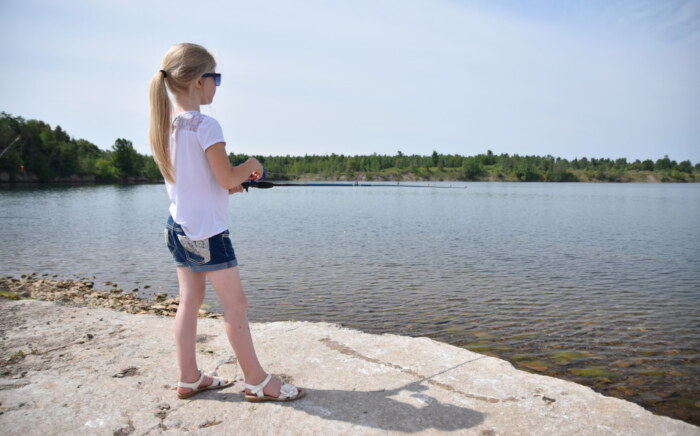
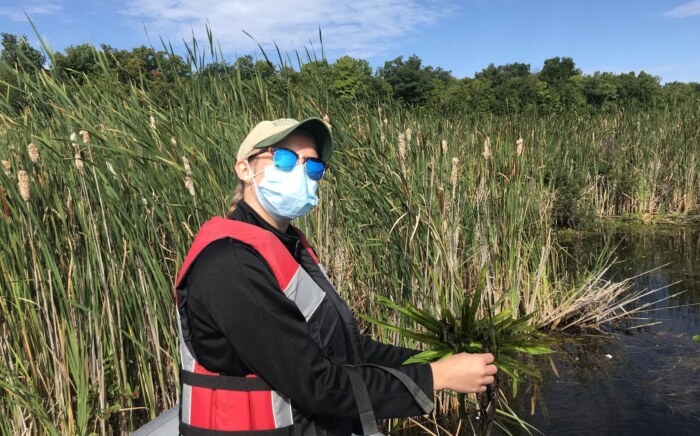
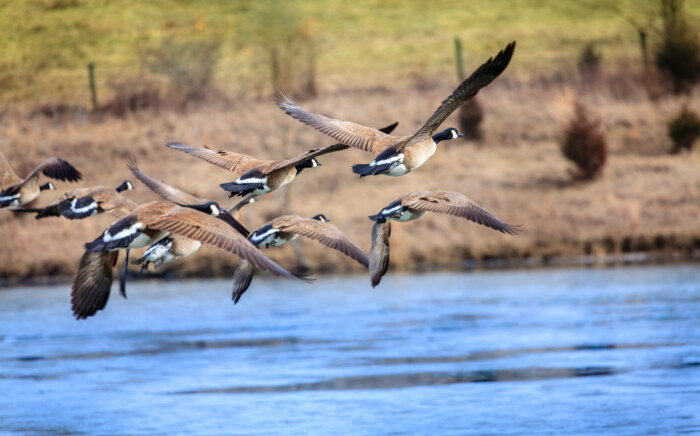
Leave a Comment